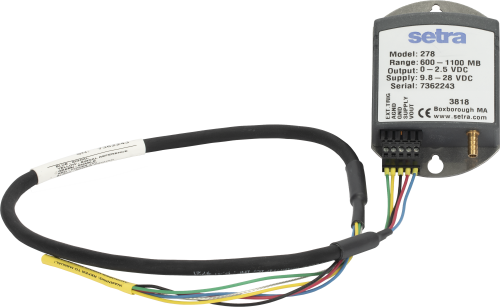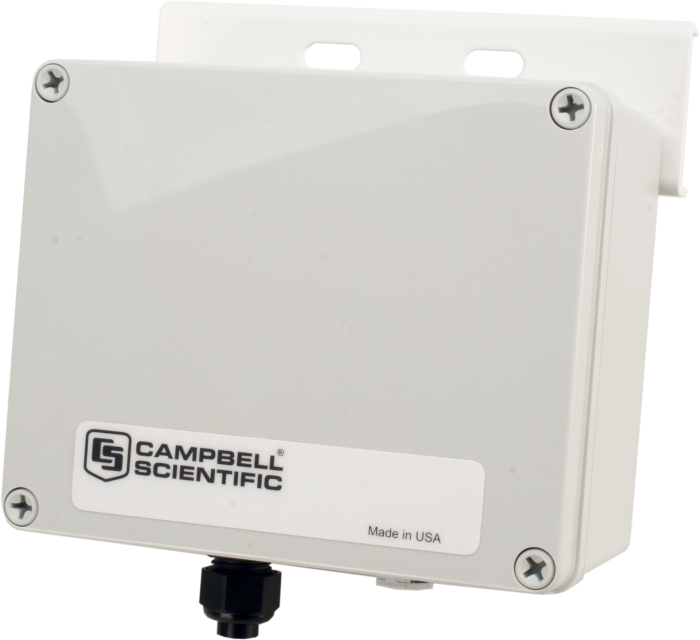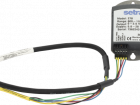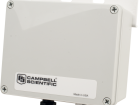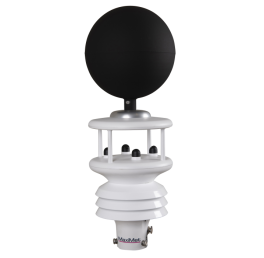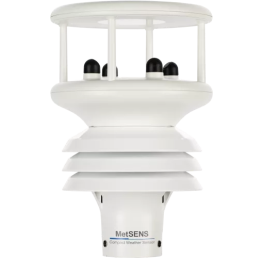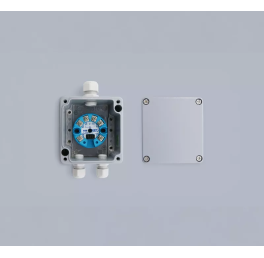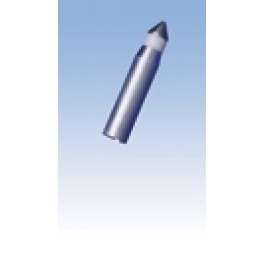- Barometric pressure sensors measure fluctuations in the pressure exerted by the atmosphere.
- The sensors require protection from condensing humidity, precipitation, and water ingress.
- They are typically housed with the data logger inside an environmental enclosure.
- If the enclosure is airtight, the sensor's pressure port must be vented to the atmosphere.
- Optimized to mount in Campbell Scientific enclosures
- Low power consumption
- 500 to 1100 hPa (mBar) and 800 to 1100 hPa (mBar) versions also available by special order—contact Campbell Scientific
- Integral switching circuit limits power consumption to measurement cycle
| Measurement Description | Barometric pressure |
| Signal Type/Output | Analog voltage |
| -NOTE- | 1 hPa = 1 mBar |
| Pressure Range | 600 to 1100 hPa |
| Long-Term Stability | ±0.1 hPa per year |
| Response Time | < 100 ms |
| Resolution | ±0.01 hPa |
| Excitation | 9.5 to 28 Vdc |
| Elevation | ~609.6 m (2,000 ft) below sea level (as in a mine) to 3,657.6 m (12,000 ft) above sea level |
| Accuracy |
|
| Linearity | ±0.4 hPa |
| Hysteresis | ±0.05 hPa |
| Repeatability | ±0.03 hPa |
| Signal Output | 0 to 2.5 Vdc |
| Warm-up Time | < 1 s |
| External Trigger Voltage |
|
| Current Consumption |
|
| Temperature Range | -40° to +60°C |
| Cable Diameter | 0.8 cm (0.3 in.) |
| Cable Length | 0.8 m (2.5 ft) |
| Dimensions | 9.1 x 6.1 x 2.5 cm (3.6 x 2.4 x 1.0 in.) |
| Weight | 135 g (4.8 oz) |




